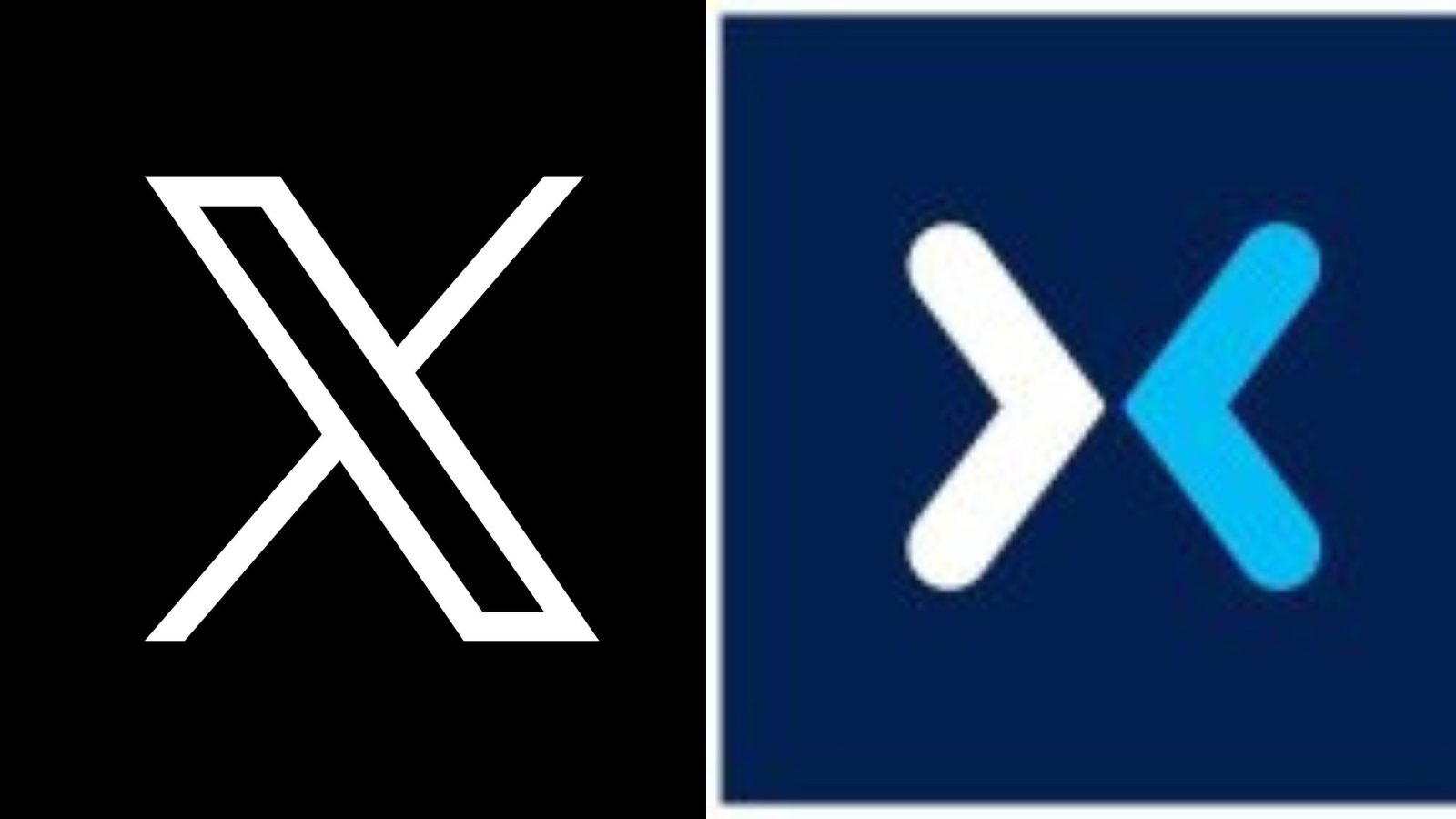Can X Function as a Trademark?
Registering a single letter as a trademark might be more challenging compared to registering a word, phrase, or a unique logo containing the letter. However, it's not impossible if the letter is used in a distinctive manner and meets the other requirements for trademark registration.
Trademarks are used to identify the source of goods or services and distinguish them from those of other businesses. For a letter to be registered as a trademark, it typically needs to meet the following criteria:
Distinctiveness: The letter should be distinctive enough to identify the origin of the goods or services. Arbitrary or fanciful letters (e.g., a made-up word or stylized letter) are more likely to be considered distinctive than common or generic ones.
Non-functionality: The letter should not be functional in nature, meaning it should not be required for the product or service to function. In other words, the mark should not describe a feature or characteristic of the goods or services in a way that is necessary for their basic function.
No Confusion: The letter should not create a likelihood of confusion with an existing trademark. This means it should not be too similar to a previously registered mark for related goods or services.
Given the stylized nature of the "X" trademark used by Elon Musk and the arbitrariness to the service it is used for, the letter X can function as a trademark. However, the third condition appears to be more problematic, as a quick search through the United States Patent and Trademark Office (USPTO) database reveals hundreds of other trademarks including letter X, most prominently by other tech giants such as Meta and Microsoft.
Likelihood of Confusion
Likelihood of confusion is a fundamental concept in trademark law. It refers to the probability that consumers will be confused or deceived about the source of goods or services when they encounter two trademarks in the marketplace. In other words, it assesses the likelihood that consumers may mistakenly believe that the products or services associated with one trademark are affiliated with, sponsored by, or somehow connected to the owner of the other trademark.
When evaluating the likelihood of confusion between two trademarks, courts and trademark offices consider a variety of factors, which may vary depending on the jurisdiction. Some common factors include:
Similarity of Marks: The visual, phonetic, and conceptual similarities between the two trademarks are analyzed. If two trademarks look, sound, or convey similar meanings, it may increase the likelihood of confusion.
Similarity of Goods or Services: The relatedness of the goods or services offered under the trademarks is crucial. If the products or services are similar or closely related, confusion is more likely.
Strength of the Mark: The distinctiveness and recognition of each trademark are considered. Stronger, more unique marks are entitled to broader protection, making confusion less likely.
Therefore, although the new logo of Twitter and the previously registered trademark by Meta share the same letter, the stylization of each mark makes them function as distinct trademarks. Nevertheless, Meta could still use the undeniable similarity of goods and services connected to the marks as an argument to oppose Twitter’s rebrand.

When it comes to Microsoft, the technological company holds a registration for the word mark “X” in trademark classes 38 (Online chat rooms for transmission of messages among computer users concerning video and computer games) and 41 (Entertainment services, namely, providing interactive multiplayer game services for games played over computer networks and global communications networks.) This means the company has an equal standing in claiming the rights to the letter if it perceives Twitter’s rebrand as a threat to its own branding.
New Lawsuits on the Horizon
After rebranding to Meta, Facebook encountered significant intellectual property challenges arising from the proliferation of similar trademarks in various industries. As a result, Facebook faced a series of legal disputes and trademark infringement claims, leading to the need for careful negotiations and potential settlements with the aggrieved parties.
Twitter's recent rebranding as "X" is likely to ignite a fresh wave of lawsuits and intellectual property disputes. The ubiquitous nature of the letter "X" in the business world and its incorporation into various trademarks across diverse sectors could lead to clashes with existing brands, necessitating Twitter's legal team to address these challenges promptly and strategically to safeguard their new identity.


